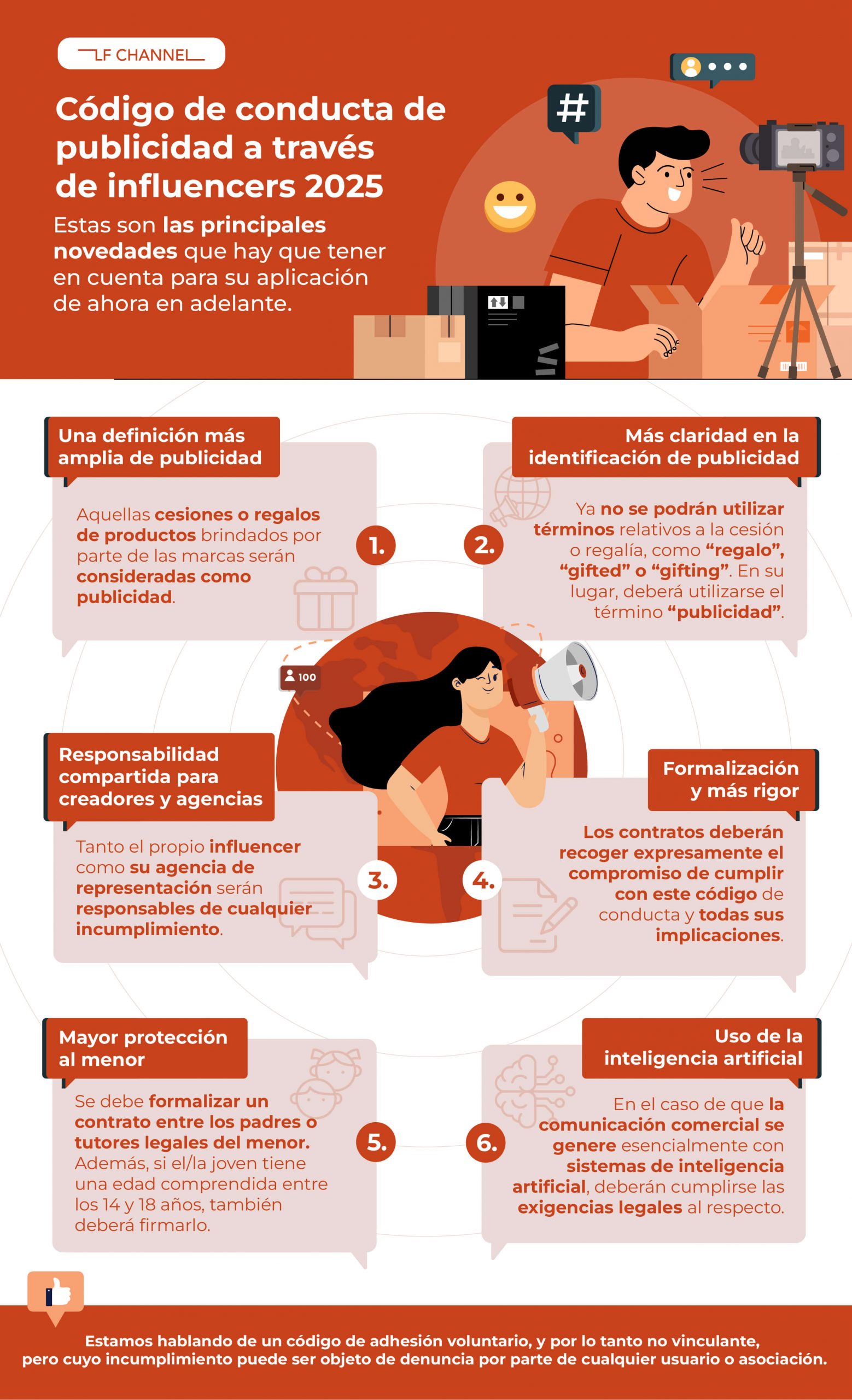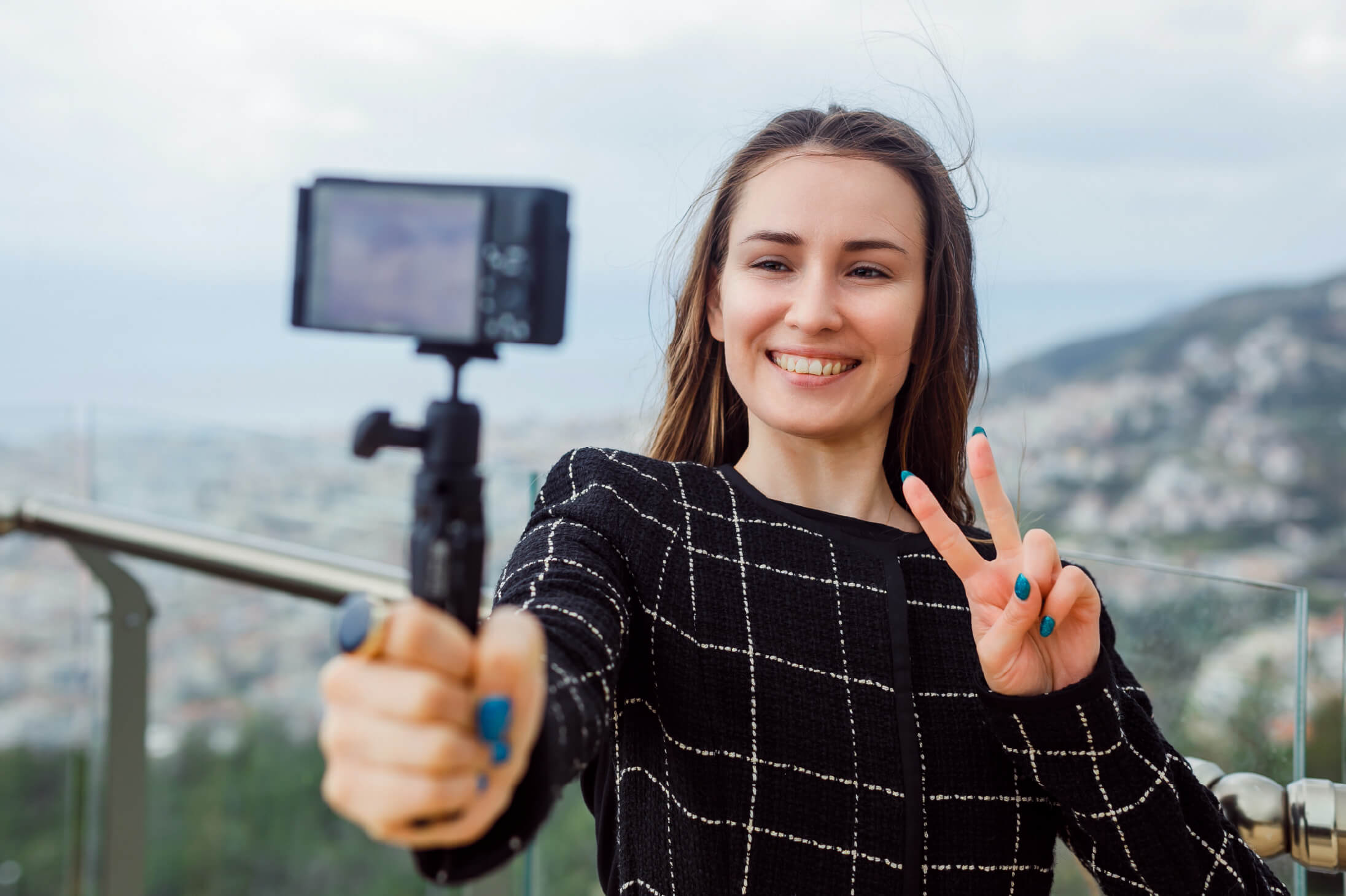The rise of this trend has made it necessary to review and update the original code of conduct, launched in 2020 by the Spanish Association of Advertisers (AEA) and AUTOCONTROL, the national independent advertising self-regulatory organization. Over the last 5 years, new regulations and European directives have emerged that impact the influencer marketing sector and must be considered when engaging in these activities. Being able to measure ROI should be just as important as complying with the legal side of these campaigns.
Co-authored by IAB Spain, the association for advertising, marketing, and digital communication in Spain, this new version of the code includes all regulatory changes that affect audiovisual content creators or influencers, advertising and/or marketing and/or communication agencies offering these services. These agencies must inform influencers about the code, promote their potential adherence, and also include a requirement to comply with it in contracts.
What’s new in this updated code—and when did it take effect?
The new “2025 Advertising Code for Influencers” entered into force on October 1, 2025, and is already available for consultation and download here. At LF Channel, we have thoroughly analyzed the document with the intention of presenting the main updates clearly and concisely, so you know what to consider from now on:

A broader definition of advertising
From now on, product gifts, as well as experiences, event tickets, or services offered by brands to influencers, will be considered advertising, even when these are classified as payment in kind, regardless of the product or service’s value.
Thus, any mention or visual content related to a commercial brand aimed at promoting products or services—and/or disclosed in exchange for compensation—will be considered advertising.
Clearer rules for identifying advertising
Any advertising action or brand mention involving compensation must be labeled as “advertising” or “paid partnership.” Terms related to gifting, such as “gift,” “gifted,” or “gifting,” may no longer be used.
These disclosures must be clearly shown in the influencer’s content, from the start—not hidden in a long string of hashtags at the end of a post, or in tiny, nearly unreadable font in the corner of a video.
Shared responsibility between creators and agencies
Both the influencer and their management agency—or the agency overseeing the campaign—will be jointly responsible for any non-compliance. All parties involved are required to respect every aspect of this new code of conduct.
Greater formalization and stricter requirements
All contracts established within the scope of a collaboration—whether or not compensation is involved—must explicitly state the commitment to comply with this code of conduct and all its implications.
Increased protection for minors
The regulations in this area are now stricter. A contract must be signed between the parents or legal guardians of the minor, and if the influencer is between 14 and 18 years old, the minor must also sign the agreement.
Additionally, any content promoted by minors must comply with general legal and ethical standards and with those of the relevant industry. It must not contain statements or visuals harmful to their physical, mental, or moral development.
Use of artificial intelligence
If the commercial communication is generated or substantially modified by artificial intelligence systems, all applicable legal requirements must be followed. Furthermore, necessary precautions must always be taken to ensure that the use of AI does not mislead consumers.
Beyond these key points, we encourage anyone involved in digital influence or influencer management to consult the full code, as it includes detailed recommendations on how to label advertising content across all major social platforms.
Lastly, it’s important to clarify that this is a voluntary code, and therefore not legally binding. However, non-compliance may still lead to complaints from any user or association, which could result in violations under laws such as the General Advertising Act, the Unfair Competition Act, or the General Audiovisual Communication Act.
In more serious cases—such as covert advertising or targeting minors—beyond the reputational damage influencers and their agencies may suffer, those involved could face fines of up to €750,000, should the relevant authorities decide to take action.
